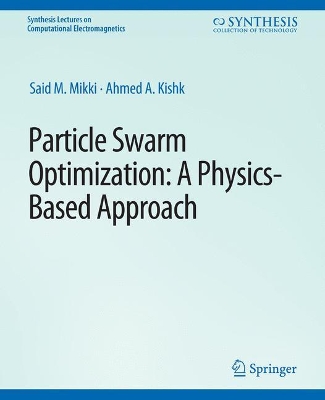Synthesis Lectures on Computational Electromagnetics
2 total works
Analysis and Design of Substrate Integrated Waveguide Using Efficient 2D Hybrid Method
by Xuan Hui Wu and Ahmed Kishk
Published 29 March 2010
Substrate integrated waveguide (SIW) is a new type of transmission line. It implements a waveguide on a piece of printed circuit board by emulating the side walls of the waveguide using two rows of metal posts. It inherits the merits both from the microstrip for compact size and easy integration, and from the waveguide for low radiation loss, and thus opens another door to design efficient microwave circuits and antennas at a low cost. This book presents a two-dimensional fullwave analysis method to investigate an SIW circuit composed of metal and dielectric posts. It combines the cylindrical eigenfunction expansion and the method of moments to avoid geometrical descritization of the posts. The method is presented step-by-step, with all the necessary formulations provided for a practitioner who wants to implement this method by himself. This book covers the SIW circuit printed on either homogeneous or inhomogeneous substrate, the microstrip-to-SIW transition and the speed-up technique for the simulation of symmetrical SIW circuits. Different types of SIW circuits are shown and simulated using the proposed method. In addition, several slot antennas and horn antennas fabricated using the SIW technology are also given.
This work aims to provide new introduction to the particle swarm optimization methods using a formal analogy with physical systems. By postulating that the swarm motion behaves similar to both classical and quantum particles, we establish a direct connection between what are usually assumed to be separate fields of study, optimization and physics. Within this framework, it becomes quite natural to derive the recently introduced quantum PSO algorithm from the Hamiltonian or the Lagrangian of the dynamical system. The physical theory of the PSO is used to suggest some improvements in the algorithm itself, like temperature acceleration techniques and the periodic boundary condition. At the end, we provide a panorama of applications demonstrating the power of the PSO, classical and quantum, in handling difficult engineering problems. The goal of this work is to provide a general multi-disciplinary view on various topics in physics, mathematics, and engineering by illustrating their interdependence within the unified framework of the swarm dynamics.
Table of Contents: Introduction / The Classical Particle Swarm Optimization Method / Boundary Conditions for the PSO Method / The Quantum Particle Swarm Optimization / Bibliography /Index
Table of Contents: Introduction / The Classical Particle Swarm Optimization Method / Boundary Conditions for the PSO Method / The Quantum Particle Swarm Optimization / Bibliography /Index

